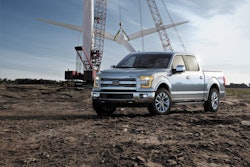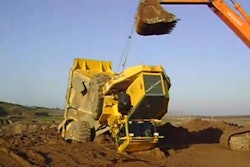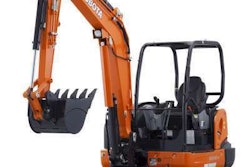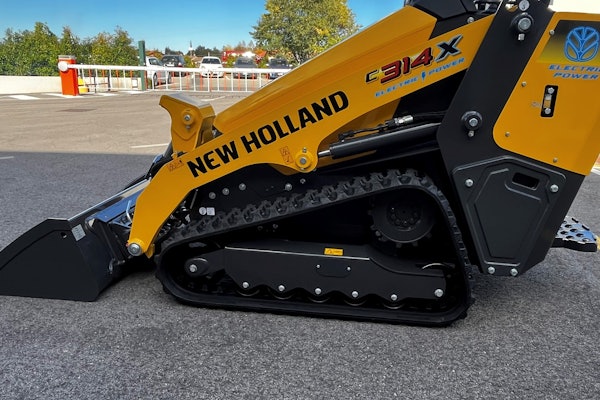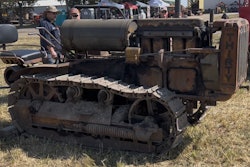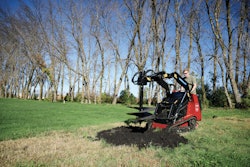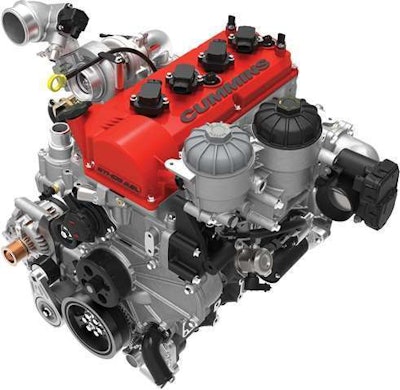
The work was jointly funded by Cummins in partnership with the California Energy Commission.
CO2 is the primary greenhouse gas emitted through human activities, accounting for the vast majority of GHG emissions in the United States.
More than 1,000 miles and 1,500 hours have been accumulated on the ETHOS 2.8L engine over the past two-and-a-half years, demonstrating that this technology is capable of far exceeding the 50 percent CO2 emissions reductions outlined in the project’s goals, Cummins says.
A final on-road validation testing phase has been underway in the Sacramento area since June and continuing into this month, and is being managed by Cummins Pacific, the California and Hawaii distributor for Cummins Inc.
“The Cummins ETHOS engine, developed through a research partnership with CEC, clearly demonstrates that by combining innovative engine design and combustion approaches with low-carbon alternative fuels, we can determine a path to significant reductions in greenhouse gas emissions,” says Wayne Eckerle, Cummins vice president, research and technology.
The Cummins ETHOS 2.8L is designed specifically to use E-85, a clean-burning blend of 85 percent ethanol and 15 percent gasoline. To take full advantage of the favorable combustion attributes and potential of E-85, the engine operates at diesel-like cylinder pressures and incorporates advanced spark-ignition technology. It delivers the power (up to 250 hp) and peak torque (up to 450 lb-ft) of gasoline and diesel engines nearly twice its 2.8-liter displacement.
The Cummins ETHOS 2.8L engine also incorporates an integrated stop-start system, which further reduces fuel consumption and emissions. In stop-start mode, the engine shuts down after the vehicle comes to a complete stop and the brake pedal remains depressed. As the driver’s foot is lifted from the brake, the system automatically starts the engine to seamlessly allow acceleration from the stop.
Cummins-integrated specific system controls, along with a robust starter, smart alternator and sensors, are all designed to handle the additional stop-start duty cycle and maintain reliable operation over the life of the engine.
Cummins also worked closely with Allison Transmission to integrate the 2000 Series transmission for smooth and efficient stop-start operation. The transmission is equipped with hydraulic circulation features to ensure smooth operation and quick vehicle launch during stop-start driving.
Additional partners in the project included Valvoline, which provided NextGen engine oils specifically designed for lower CO2 emissions, and Freightliner Custom Chassis, which provided a prototype MT45 Class 5 step-van vehicle.
Using corn-derived E-85, the high thermal efficiency and power-to-weight ratio of this engine results in 50 to 58 percent lower well-to-wheels CO2 emissions compared with the gasoline engine baseline.
Although not in high-volume production today, cellulosic ethanol represents a promising production pathway for future fuels, Cummins notes. This demonstrates that significant reductions in GHG emissions can be achieved with current commercially available E-85 fuels, with even greater potential in the future when cellulosic ethanol technology matures and becomes mainstream.
For additional details about the Cummins ETHOS 2.8L engine and California’s Ultra-Low Carbon Powertrain Program, are here.
Editor’s Note: Kevin Jones is a senior editor at sister sites CCJ and Hard Working Trucks.




